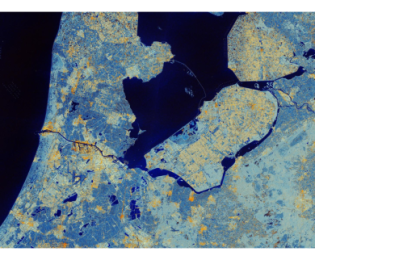On 05 December 2024, the European Space Agency (ESA) successfully launched the Copernicus Sentinel-1C satellite. The satellite was carried into orbit by a Vega-C rocket, lifting off from Europe’s Spaceport in Kourou, French Guiana. The launch marks a critical step in extending the capabilities of the Sentinel-1 mission, which delivers radar imagery to monitor Earth’s changing environment. According to ESA, Sentinel-1C will play a vital role in supporting a range of applications, from scientific research to practical uses in disaster management, agriculture, and maritime safety.
The Sentinel-1 mission, part of the European Union’s Copernicus Earth observation program, relies on a constellation of several satellites. The series began with Sentinel-1A, launched in April 2014, and Sentinel-1B, launched in 2016. However, Sentinel-1B ceased operations in August 2022 due to a technical fault. The satellite was successfully de-orbited, ensuring it will re-enter Earth’s atmosphere within 25 years. Sentinel-1C, now in orbit, will restore the mission’s full potential as a two-satellite system alongside Sentinel-1A. ESA also plans to launch Sentinel-1D next year to replace Sentinel-1A, ensuring the mission’s continuity.
Sentinel-1C is equipped with a state-of-the-art C-band synthetic aperture radar (SAR) instrument. This technology allows it to capture high-resolution images of Earth’s surface regardless of weather conditions or time of day. The radar operates in various modes, including wide-swath and high-resolution settings, enabling detailed monitoring of phenomena such as land subsidence, ice movements, and ocean conditions.
Together with Sentinel 1A, the Sentinel 1C will be extremely useful to map the geographical extent of floods in most regions of the world, to monitor the dynamics of mass movements such as landslides, to monitor subsidence in specific geographic areas exposed to those events over long periods of time, and to track the uplift of the cones of some active volcanos prior to their eruption. UN-SPIDER will continue to promote the use of the Sentinel satellites in applications related to disaster risk reduction, preparedness, response and recovery efforts.

